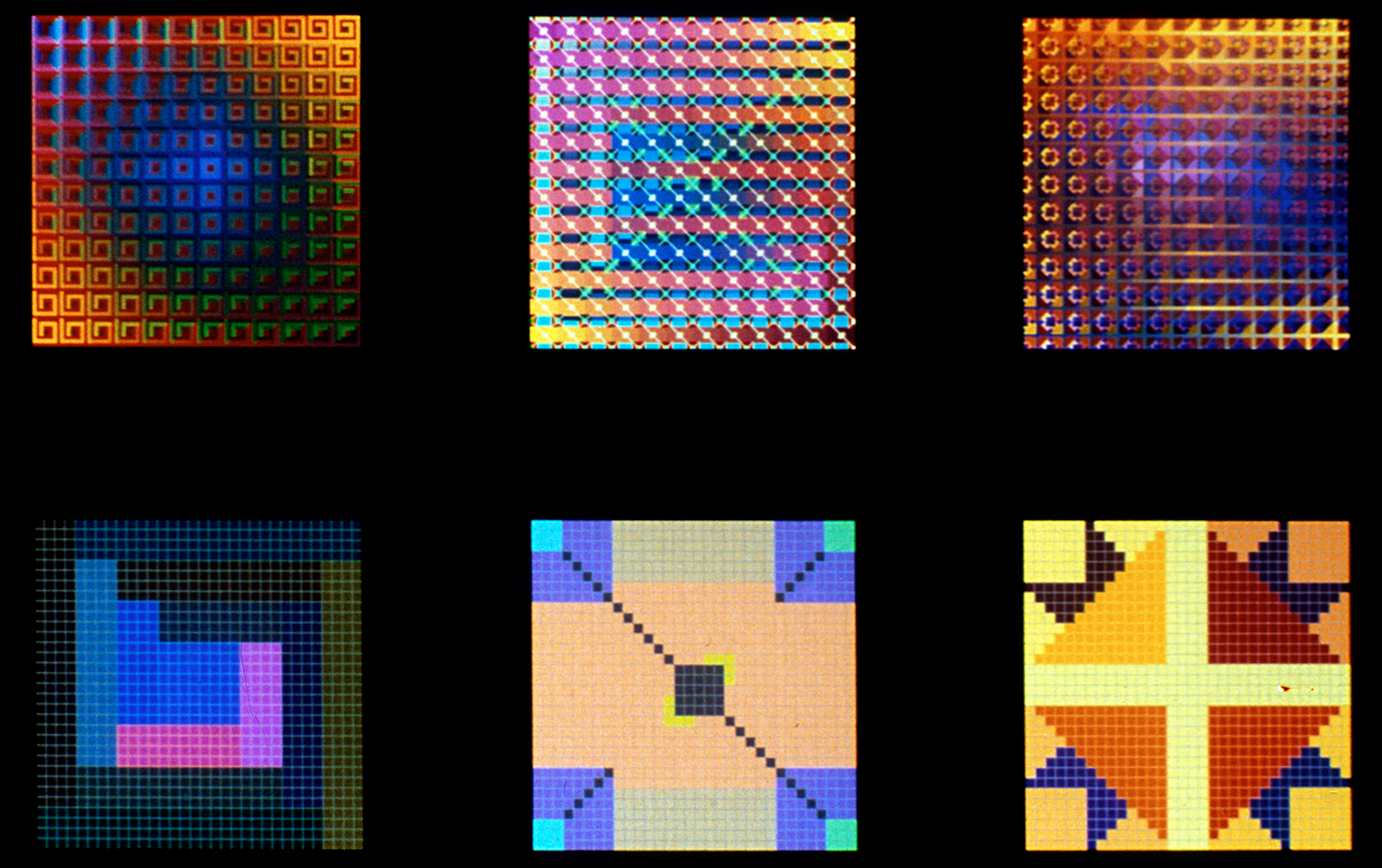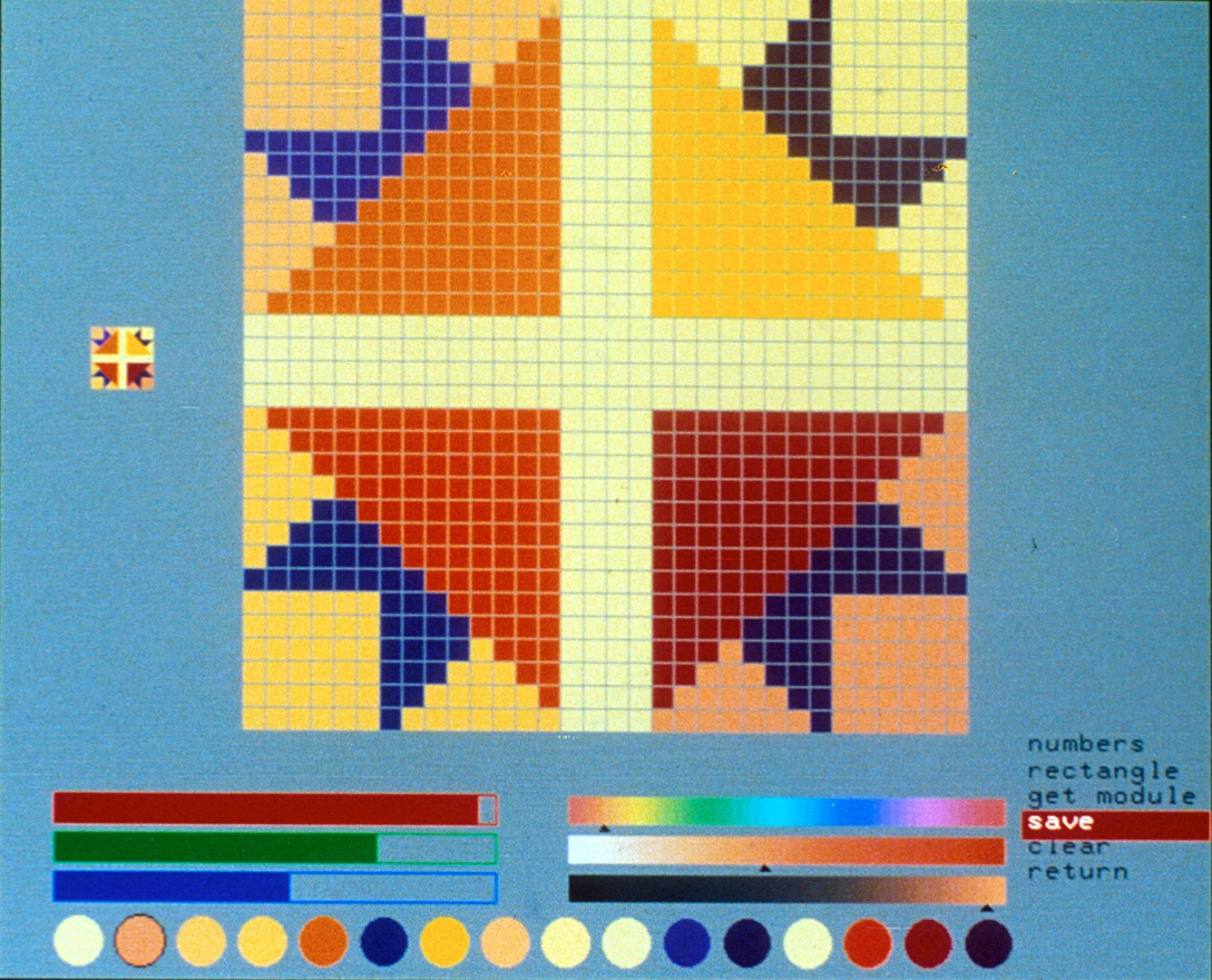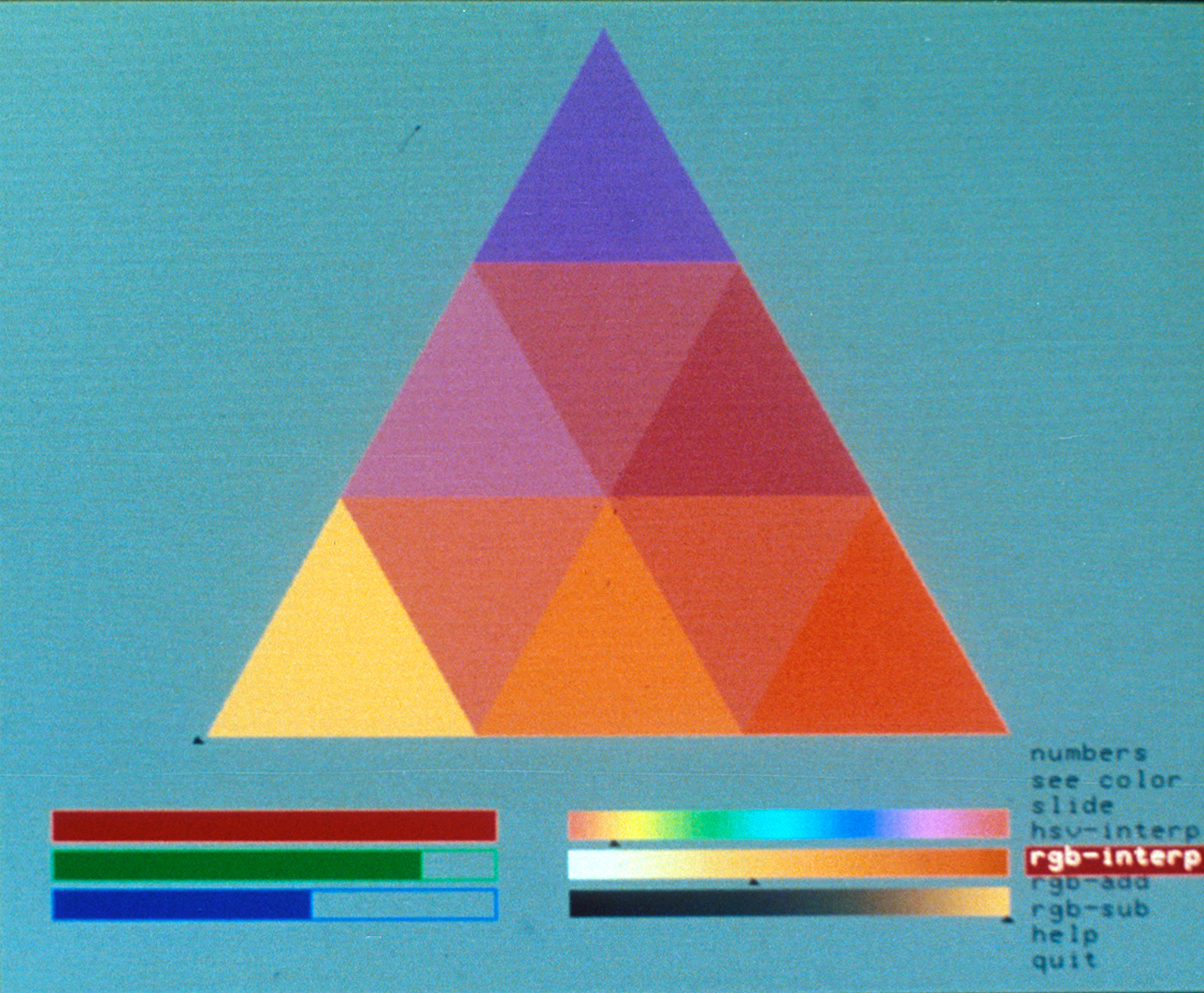Brown University: Electronic Classrooms
Artist(s):
Collaborators:
- Mark Brown
-
- Brown University
- Robert Sedgewick
-
- Brown University
- Joe Pato
-
- Brown University
- Steven Reiss
-
- Brown University
- Michael Strickman
-
- Brown University
- Edward Grove
-
- Brown University
- Richard Hawkes
-
- Brown University
- Thomas Banchoff
-
- Brown University
- Steven Drucker
-
- Brown University
- Barbara Meier
-
- Brown University
- Roger Mayer
-
- Brown University
Title:
- Electronic Classrooms
Exhibition:
Category:
Keywords:
Artist Statement:
Under normal circumstances, it is not possible for 60 students in one class to receive individual attention. Yet individual attention is provided to 60 students in a computer-based experimental classroom at Brown University.
Brown is experimenting with the concept of a “wired university”, and has created as a first step, a “wired classroom”. Students in the classroom each have a workstation with interactive capabilities that permit: students to see animated demonstrations showing precisely what is being done on the instructor’s screen; monitored instruction, with the instructor and assistants observing student work as the student works; and interactive graphics using moving, dynamic graphics to communicate abstract concepts, or to generalize and explore problems.
Rather than using a blackboard to explain a concept, instructors are able to use dynamic graphic presentations. Concepts are typically introduced with each student’s computer mimicking the instructor’s. Then, students are given an opportunity to execute, at their own pace, what was observed, or work on a related problem.
The Electronic Classroom is currently being used to teach computer science, mathematics, neural science, and as shown in the series of images here, color theory.
BUCOLIC is a series of exercises in color theory used by art students. Among the chief advantages in teaching color theory with this system is the student’s ability to experiment. Typically, students of color theory can complete only a few exercises before the course is over because of the time taken for painting. Using BUCOLIC, design and implementation are not separated; students can explore design ideas freely without committing many hours to the painting.
Technical Information:
Equipment:
60 Apollo DN300 workstations with 1024×800
b&w displays connected by Apollo’s Domain Network
Apollo DN600 for color versions of programs
BUCOLIC runs on a DEC VAX 111780 and a Lexidata 3400 color graphics system
Matrix Instruments OCR D-4/2 film recorders
Process Information:
Education
Educational materials have traditionally been limited to linear media like film, video, and print. These materials were designed for limited question and answer interaction, and usually taught a specific body of information. The early design of computer-aided instruction (CAI) emulated this “textbook” instruction. But, recent advances in video games and computer learning programs afford far more interaction and individual pacing that enhance and complement natural learning processes. The responsiveness of the computer, the immediate and individualized testing and feedback capabilities it can provide, demands a new understanding of interaction on the part of the designer.
Affiliation Where Artwork Was Created:
- Brown University
Other Information:
Client:
Supported by NSF CAUSE program
Apollo Computer Inc.
DARPA
Office of Naval Research
Exxon Educational Foundation
National Science Foundation










